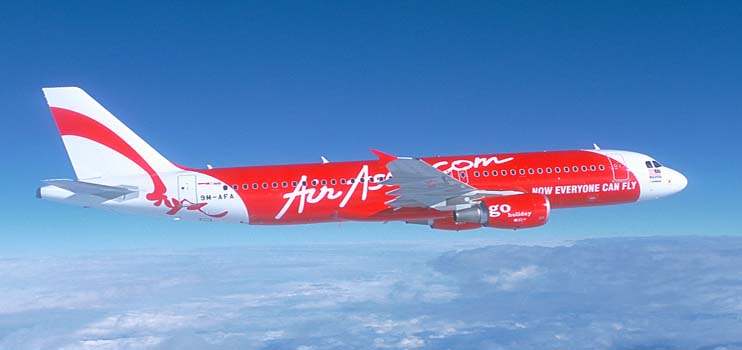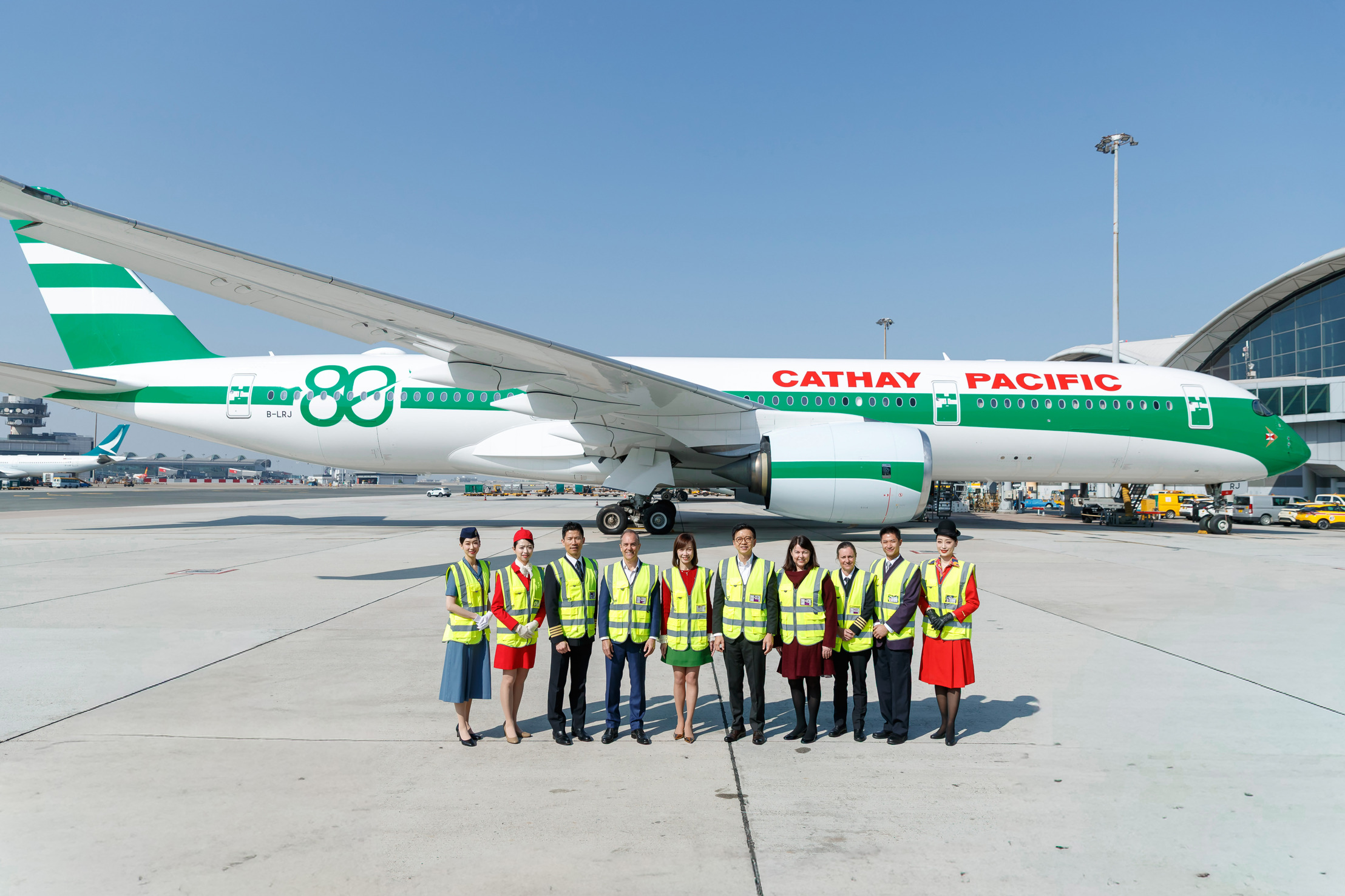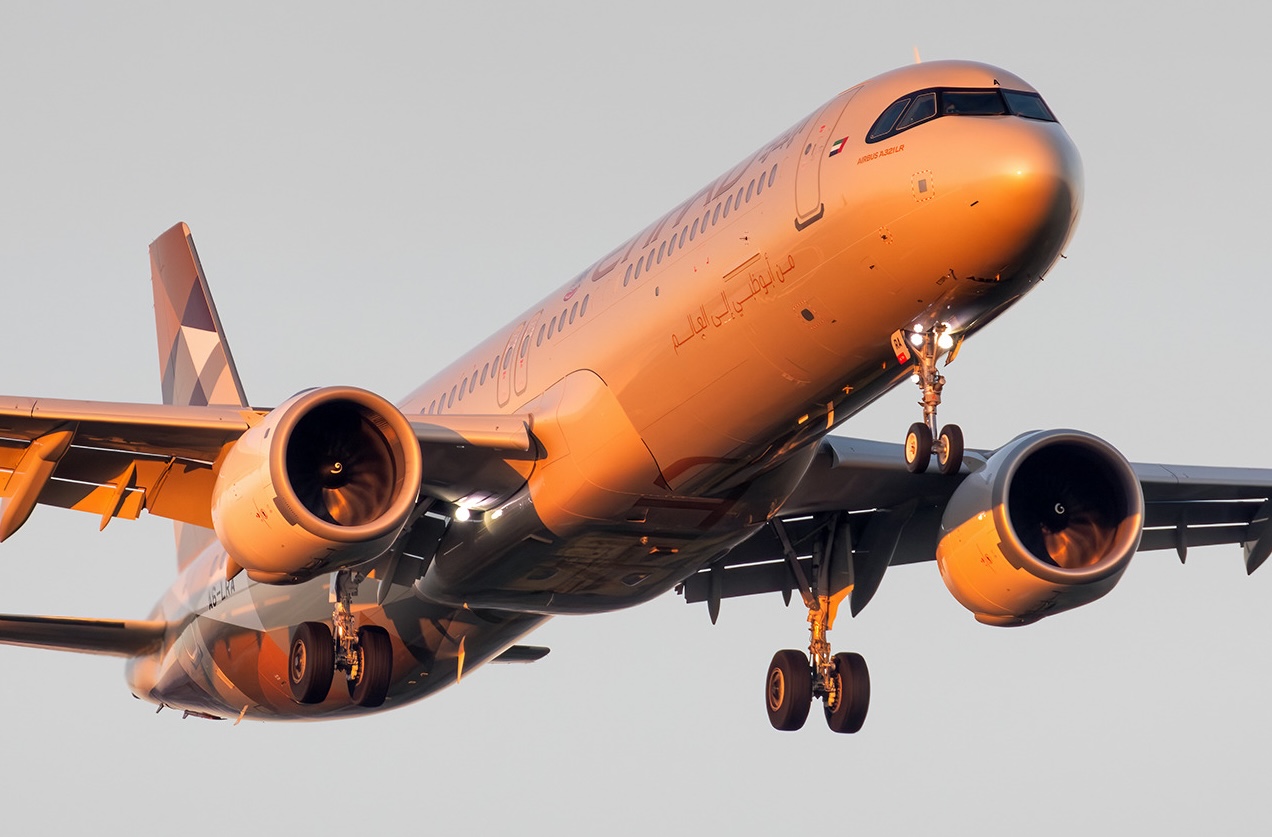
By Geoffrey Thomas
Published Mon Dec 29, 2014
The multinational search team looking for Indonesia Air Asia flight QZ8501 which disappeared Sunday with 162 aboard has found debris and bodies in the Java Sea.
Search teams found the debris trail for the plane 10km from its last known position, south-east of Belitung Island in the Java Sea. Altogether 12 helicopters, 11 planes, and 32 ships from Indonesia Singapore, Malaysia, Australia and the US are involved.
There were 162 passengers and crew aboard doomed flight, including 16 children and one baby. AirAsia confirmed there were 154 Indonesians, three South Koreans, two French nationals, one Singaporean, one Malaysian and one Briton on the plane.
The first hint that the plane had been found came mid-afternoon but the evidence was far from convincing with photographed debris resembling timber floating in the water. Shortly after officials announced objects resembling an aircraft emergency slide, plane door and dozens of smaller white items had been spotted.
Any doubts however doubts were quickly dispelled when an Indonesian Air Force official identified a human body in the sea. A search plane also saw a “shadow” on the seabed believed to be of the missing Flight QZ8501, National Search and Rescue Agency chief Bambang Soelistyo told a news conference in Jakarta.
The Indonesian warship Bung Tomo has retrieved 3 bodies.
Indonesian officials have asked relatives of passengers for DNA samples to help identify the victims.
WORLD'S SAFEST AIRLINES
MH370: MALAYSIA REJECTED EVIDENCE
Flight QZ8501 was operating between Surabya and Singapore on Sunday morning when it disappeared in bad weather just 45 minutes after take-off.
Severe weather impact is thought to be responsible for the apparent loss of the six year old aircraft. A leaked radar screenshot from AirNav Indonesia, the air traffic controller, obtained by AirlineRatings.com shows that the A320 had critically lost 200km/hour in airspeed and it could no longer sustain flight at the altitude it was flying.
Air traffic controllers lost contact with the A320 just five minutes after crew requested a deviation of their flight route to avoid storms. ATC denied the pilot’s request to climb from 32,000ft to 38,000ft but agreed to 34,000ft but just minutes later the ATC radar plot shows the A320 at 36,300ft and climbing.
One former A320 pilot who spoke to AirlineRatings.com said the A320 was flying far too slow when it disappeared and it “may have been in a stall.”
“Flying slow at high altitude is very dangerous,” said the pilot.
Just after the radar plot was taken the transponder signals disappeared indicating a catastrophic failure. The former A320 pilot said that the crew may have been deceived by the aircraft’s radar, which was not the latest model available and may have flown into the centre of a thunderstorm and been hit by a massive updraft. The latest radars are called multiscan and automatically detect thunderstorms.
However the plane’s commander Captain Iriyanto was a 20,537 veteran of which 6100 hours was with Indonesia Air Asia. The co-pilot was Rémi Emmanuel Plesel, who had a total of 2,275 flying hours with AirAsia Indonesia.
Divers are expected to examine the fuselage which lies at a depth of 45m on Wednesday December 31 and the recovery of the black boxes is expected to be swift.
Have questions or want to share your thoughts?
Get In Touch




